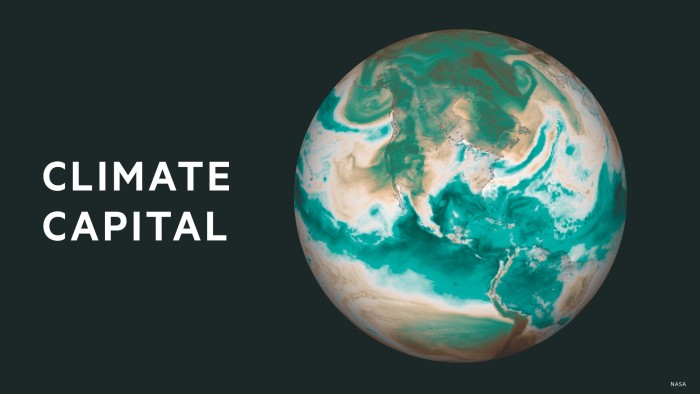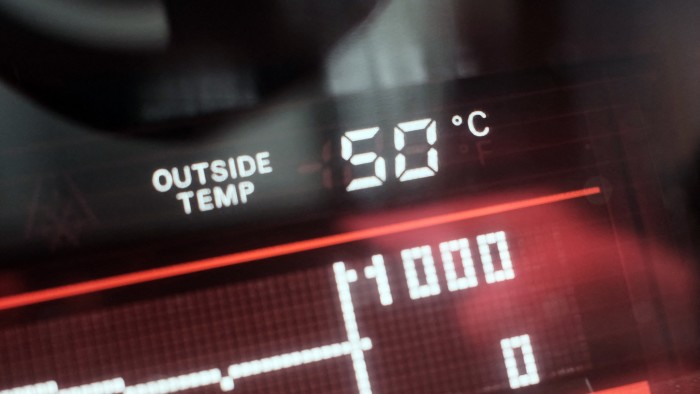Stay informed with free updates
Simply sign up to the Climate change myFT Digest — delivered directly to your inbox.
The global average temperature is expected to rise to close to 2C above preindustrial levels in the next five years, the World Meteorological Organization has forecast.
Scientists expect a range of knock-on effects from such a climb to near the 2C mark, including a fall in crop yields and more than a third of the world’s population being exposed to extreme heat.
This does not represent a breach of the 2015 Paris accord target to limit warming since pre-industrial times to well under 2C and preferably to 1.5C, as the threshold is typically measured over at least two decades.
But a temporary breach of the 2C level could occur over the near term, as the atmospheric concentration of carbon dioxide behind global warming was at its highest level in 800,000 years, the WMO said.
Annual temperatures between 2025 and 2029 would be between 1.2C and 1.9C higher than the 1850 to 1900 average, it said, with the five-year mean likely to exceed 1.5C.
Adam Scaife of the Met Office Hadley Centre said the predictions by the UN agency, which gathers global, regional, and national data sets, were “shocking” because they showed that years in which the temperature rise exceeded 1.5C — which happened for the first time in 2024 — would now be close to “commonplace”.
It is also the first time that scientists’ computer models had flagged the more imminent possibility of a 2C year. “That was effectively impossible just a few years ago.,” Scaife added.
At least one of the next five years was likely to be warmer than the 2024 record year, when the global average surface temperature was 1.6C above preindustrial levels, based on data from Europe’s Copernicus observation agency.
The heat meant that the May to September period over the next five years would be unusually wet in the Sahel region of Africa, as well as across northern Europe, Alaska, south Asia and northern Siberia, and unusually dry in the Amazon, it predicted.
Arctic warming was predicted to continue to outstrip the global average, at 2.4C above the average temperature during the most recent 30-year baseline period of 1991 to 2020.
A temperature rise of more than 2C above preindustrial levels in one of the years between now and 2029 — which the WMO places only a 1 per cent chance on happening — would likely coincide with the naturally occurring Pacific Ocean warming cycle of El Niño.
The WMO has not so far picked up on a strong indicator for either the occurrence of the El Niño or its opposite, the La Niña cooling effect, over the next five years.
“There is this off chance that just in the next five years things could warm up very quickly,” Leon Hermanson, a senior scientist at the Met Office. “It’s not something anyone wants to see but that’s what the science is telling us.”
The WMO report is a consensus forecast based on data from global climate monitoring agencies using computer models developed by institutes, including the Barcelona Supercomputer Center, the Canadian Centre for Climate Modelling and Analysis, Germany’s Deutscher Wetterdienst.
After the 10 warmest years on record there was “no sign of respite over the coming years, and this means that there will be a growing negative impact on our economies, our daily lives, our ecosystems and our planet,” said WMO deputy secretary-general Ko Barrett.
Climate Capital

Where climate change meets business, markets and politics. Explore the FT’s coverage here.
Are you curious about the FT’s environmental sustainability commitments? Find out more about our science-based targets here
